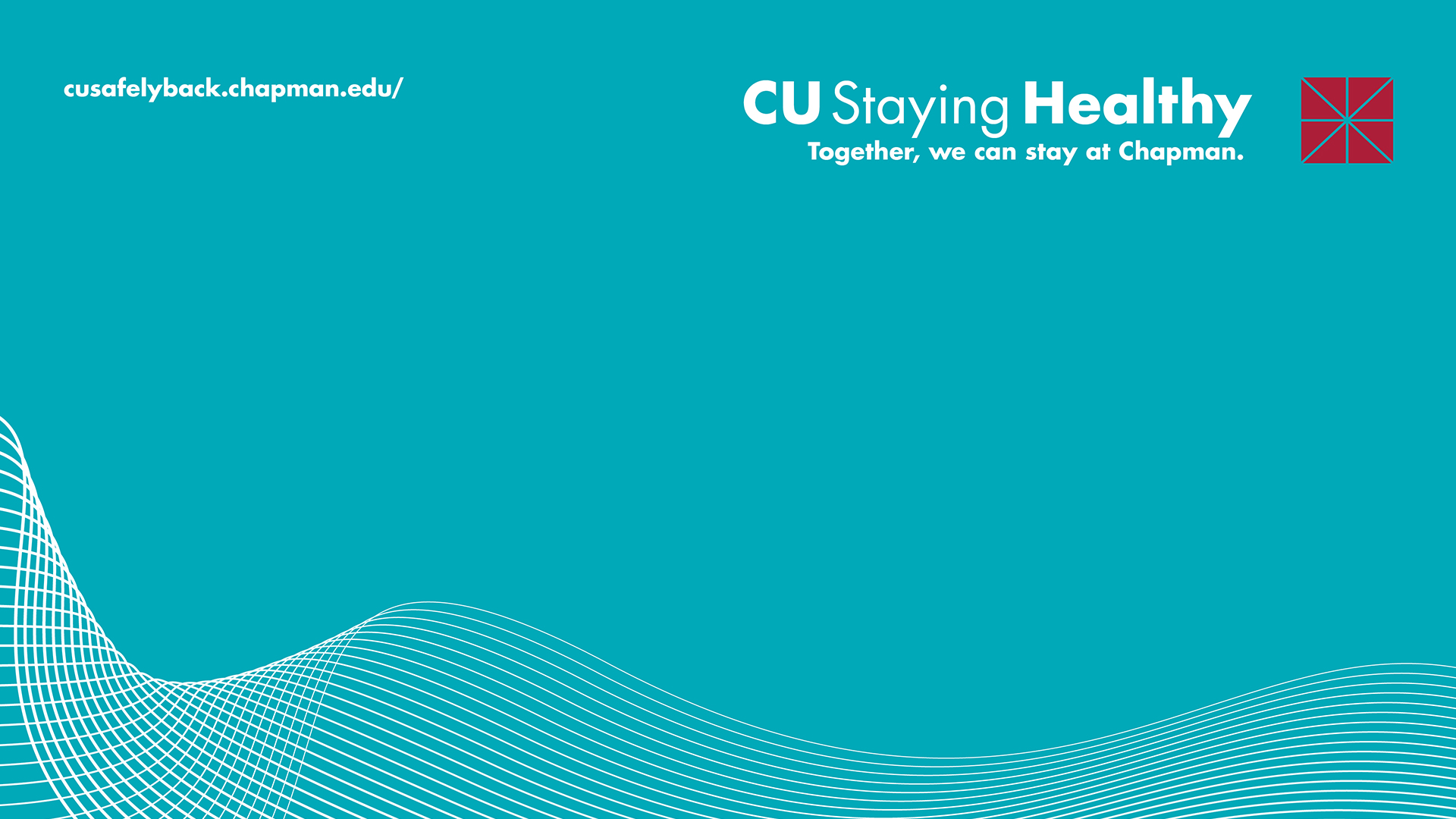Definitions of “close contact” vs “low exposure notice” for contact tracing
The following guidelines are used by our contact tracing teams to determine if someone has been in close contact with someone who tested positive for COVID-19. Learn more about contact tracing.
What is contact tracing?
Contact tracing helps protect you, your family and your community and slows the spread of COVID-19.
- Let people know that they may have been exposed to COVID-19 and should monitor their health for signs and symptoms of COVID-19.
- Help people who may have been exposed to COVID-19 get tested.
- Asking people to self-isolate if they have COVID-19 or to self-quarantine if they are in close contact.
How contact tracing works:
Contact tracing begins when:
- You have tested positive for COVID-19, or
- You have been identified as a close contact of someone who tested positive, or
- You answered “yes” to one of the questions in the daily health exam.
A member of the contact tracing team will contact you to initiate an investigation. Be sure to answer phone calls as quickly as possible, so the process is not delayed.
During the investigation, the contact tracing team will collect information about your vaccination status, likely site of exposure, and other information critical to mitigating the spread of the virus.
The contact tracing team will also provide you with instructions on whether you need to be tested if you need to self-isolate or quarantine, important contact information and next steps. The exact information provided will depend on your unique situation and needs.
Close contact is defined as:
- Someone who was within 6 feet of an infected person for a total of 15 minutes or more;
- over a 24-hour period (for example, three individual exposures of 5 minutes for a total of 15 minutes).
If you meet the above criteria, please answer “yes” during your daily health check. Instructions are given for vaccinated and unvaccinated people. Our contact tracing team will follow up as necessary, primarily with those who are unvaccinated, for any instruction and advice on quarantine. The first contact will be made by telephone whenever possible.
Please note that a person is still considered a close contact even if one or both people wore a mask when together.
If you believe you have been in close contact with someone who has been diagnosed with COVID-19 and you have not been contacted by our contact tracing team or are not participating in daily health screening if you do not access the campus, please contact contactracingteam@chapman.edu.
Notice of low potential exposure
A low potential exposure advisory means that a case has been identified in a community setting (i.e. classrooms, gymnasiums and community areas).
The CUSB Dashboard lists all buildings on campus where a potential exposure has occurred, along with the date and time of that potential exposure.
If you were present in one of these places at the time indicated, you are not considered a close contact and you are not required to self-quarantine.
The risk of developing COVID-19 from this exposure is low, however, you should monitor yourself for symptoms of infection for 10 days from this exposure. Signs and symptoms may include: fever, chills, cough, shortness of breath, sore throat, fatigue, congestion, headache and body aches. If you begin to experience any of these symptoms, you should stay home and follow up with the Student Health Center for testing.
Notice of Potential Exposure for Chapman Employees
Per state law, university employees may access this AB685 notification letter and a list of campus locations. The CUSB Dashboard lists all buildings on campus where a potential exposure has occurred, along with the date and time of that potential exposure. If you were present in one of these places at the time indicated, you are not considered a close contact and you are not required to self-quarantine.
Personnel who are required to be onsite will continue to be required to be onsite even after such notification, unless they have COVID-like symptoms or have been identified as a close contact as defined herein. -above. These signs and symptoms are listed above under “Notice of low potential exposure”.
If you have any questions about this advisory, please do not hesitate to contact the Chapman University COVID-19 Internal Contact Tracing Team at contacttracingteam@chapman.edu.
Contact Tracing Services
In the event that someone within the Chapman community has a confirmed case of COVID-19, contact tracing could identify and contact those who may have been exposed so they can receive necessary care and Chapman can take action. necessary to prevent the spread of the virus. . It is essential that all members of our community respond to communications from Student Health Services as soon as possible in order for the contact tracing process to be as efficient as possible.
All contact tracing professionals adhere to a strict protocol regarding confidentiality and date security.
For any other questions about our contact tracing protocols, please contact contacttracingteam@chapman.edu.


Comments are closed.